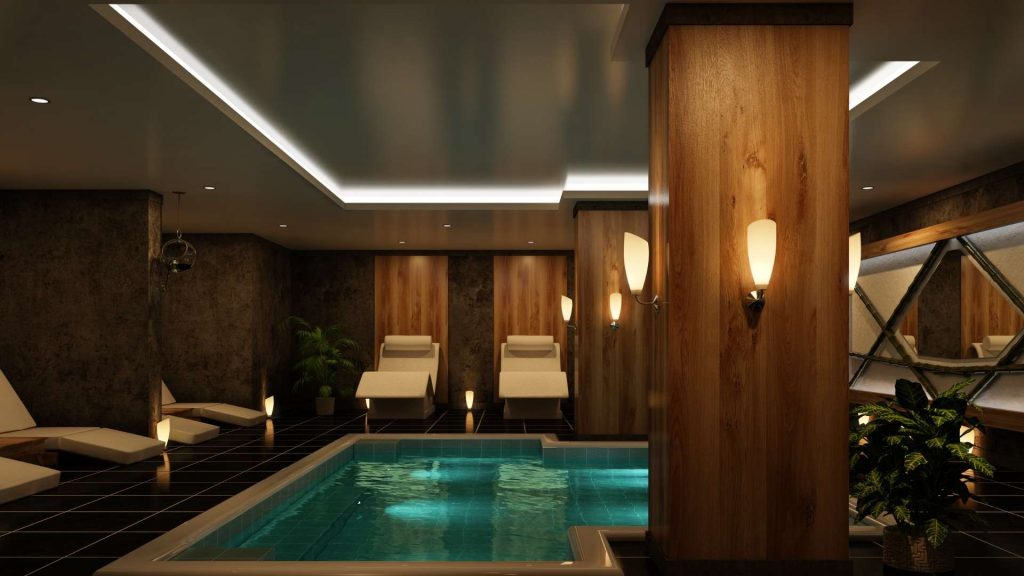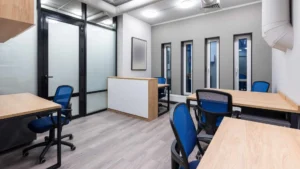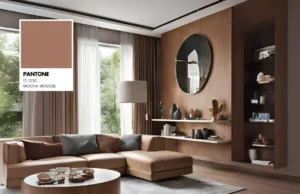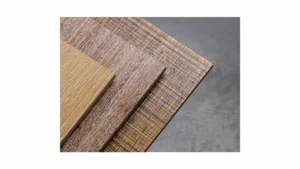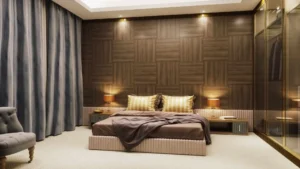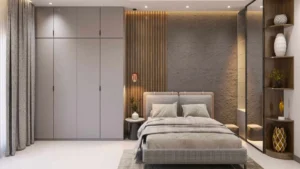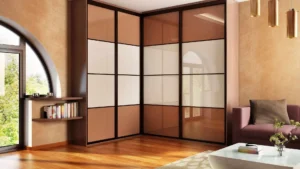When it comes to woodwork, it’s usually a once-in-a-lifetime event for most of us and cannot be done just every other day. One of the biggest questions that people have when it comes to woodwork is how long-lasting would it be. And something so crucial for the well-being of your beautiful home should be chosen with considerable thought and awareness. The material that you choose for your interiors decides the aura of your living space and therefore you should always go through the pros and cons of each and every available option, before making the final decision.
In recent years, the market has seen a surge in new varieties of existing products as well as new products which have made the availability of choices quite vast, but quite confusing as well. Someone who is not accustomed to the market and materials can get perplexed and make the wrong choice. Therefore to make your task a little easier, let’s delve into the advantages and disadvantages of the best options available.
Plywood
The very first and most commonly employed material for woodwork is Plywood. It is made by gluing together 2 veneer sheets at a right angle with the help of a resin, under tremendous heat and pressure. This is why it is stronger and more durable than normal wood. It comes in a wide range of thickness ranging from 3mm to 25mm and has a high screw holding capacity. However, it cannot be used for outdoor furniture since it does not have a high moisture-bearing capacity.
Moreover, the market has a surplus of plywood varieties, and finding a genuine one can be a difficult task. Always educate yourself about the market as well as the material and make the choice based on product comparability with the application.

Block Boards
The next option available in the market is block-board which is made in a similar manner to that of plywood except its core is made of softwood. This makes it a weaker substitute for plywood and it is usually used for wall panels, doors, shelves, etc.
Block-board is available in only 16mm, 19mm, and 25mm. It has good stability and is quite resistant to cracking and warping. However, its drawback is that it is not as flexible and is therefore unsuitable for making furniture that requires bending. It also has a low moisture-bearing capacity and can get damaged if used in highly humid areas. Despite the disadvantages, Block-board is a close substitute of plywood but still not as robust.
Now we come to the more recently introduced products which claim to be a substitute for Plywood. Let’s have a look into their pros and cons and see whether they live up to the claim.

MDF
The acronym MDF stands for Medium Density Fibreboard and is constructed by gluing together wood chip particles that have been grinded down to the fibre by using a resin under high temperature and pressure. The wood chip particles are not strong and therefore MDF is not a very durable product when compared to plywood and block-board. It is not long-lasting and has been shown to rot easily even in slightly humid conditions. However, its price and even finish have been successful in luring customers in the market who are not aware of its disadvantages. Therefore, MDF is a big no if you’re looking for durable and long-lasting interiors.

Particle Board
Particle Boards are similar to MDF in composition with the only difference being the wood chips are not grinded down to fibre, making them less durable. Particle Boards are one of the cheapest options when it comes to woodwork, but the interiors do not last long and the finish is also not good when compared to MDF, Plywood, or Block-board.

WPC
Wood Plastic Composite is a product made by mixing wood particles and plastic and is a better option compared to Particle Boards and MDF. It is a pretty good option for places with insect infestation and has shown to be quite resistant. However, its screw holding capacity is pretty low and it is also a very expensive product, even costlier than Plywood.
This only proves the superiority of Plywood in terms of strength, durability, longevity, and aesthetics. The only thing to take into careful consideration is the quality of plywood. Low-grade plywood cannot provide the benefits of a high-quality one. High-grade plywood is not just durable but also resistant to moisture to a certain extent. This is usually enough for places like living rooms and bedrooms which are usually dry. Moreover, plywood is a sustainable product which means it is friendly to the environment compared to other products.

Call to Action
That was all about the wood options for your interior designing project and if you have any further queries related to the subject you can contact our professionals at Duroply who will assist you further in your woodwork endeavor. We at Duro offer a wide array of products to our customers and also assist in making the best choice for their projects. You can refer to the smart plywood buying guide if you need any further references or guidance in your upcoming project.
